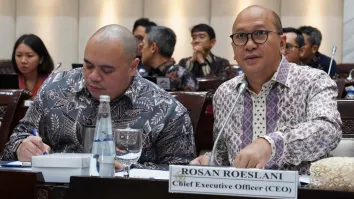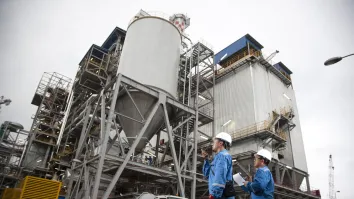
Southeast Asia’s wind boom threatened by weak policy, grid gaps
States should adjust to investor response and adopt competitive auctions.
Southeast Asia’s rapid buildout of wind power could falter unless governments adopt more flexible policies and invest in grid readiness, analysts said.
The region’s onshore wind capacity is projected to surge to 26 gigawatts (GW) by 2030 from 6.5 GW in 2024, according to Rystad Energy AS. But static regulation and inadequate transmission networks could slow development, specialists from Rystad and the Institute for Energy Economics and Financial Analysis (IEEFA) said.
Vietnam’s feed-in tariff (FIT) scheme from 2018 triggered a renewable boom that overwhelmed planners, Grant Hauber, strategic energy finance adviser for Asia at IEEFA, told Asian Power.
“What Vietnam had was a very static approach as they accepted every project that came in,” he said via Zoom. He added that the lack of a project quota or cap flooded the system with applications, causing grid congestion and policy uncertainty.
Rohit Patel, Rystad vice president for renewables and power, said the experience shows emerging markets should adopt a dynamic policy that adjusts to investor response. “When there’s a massive market response, the cap on the price must be lowered over time.”
Both analysts said countries need multi-year capacity award schedules to give developers visibility and prevent boom-bust cycles. They urged governments to phase out open-ended tariffs and move toward competitive auctions to contain costs.
“The auction-based system creates the best opportunity for real price discovery without excess costs,” Hauber said, citing the Philippines’ auctions that helped drive down prices.
Still, the Philippines’ early momentum faded after its FIT program ended in 2016 without a replacement, Patel said, leaving the onshore wind sector to stall.
Grid integration remains another critical bottleneck across Southeast Asia. “You need a proactive approach from planners to have the grid connection contemplated and ready for when these projects come,” Hauber said.
Vietnam’s decision to leave grid connection to project developers led to uncoordinated construction and long delays, Patel said.
Hauber cited India’s Solar Park model as an example of best practice, where the government pre-plans sites, builds transmission backbones and substations, and secures land rights before tenders.
That model allows bidders to focus solely on achieving the lowest cost, he said. “You have a de-risked site and interconnection, and the land rights and access rights are all done upfront. Therefore, the bidders can just focus on having the lowest cost that meets the specification.”

















 Advertise
Advertise








